In the production of medium manganese anti-wear ductile iron parts, common casting defects include the general defects of gray iron and ductile iron, as well as excessive carbide content or continuous network distribution, sorbite content and austenite content. Too high. Generally, the reasons for these defects are not only the selection of the Si/Mn ratio in the chemical composition, but sometimes there are many production process problems such as molding core, smelting and pouring, sand mixing quality, falling sand cleaning, etc. Therefore, specific analysis is necessary to facilitate Take corresponding reasonable measures to solve the problem.

In the production of medium manganese anti-wear ductile iron parts, in addition to the common ones (including spheroidizing treatment), some defects that belong to medium manganese anti-wear ductile iron parts and their cause analysis and prevention methods can be seen as follows.
Excessive carbide or continuous network distribution
Feature:
- 1. High brittleness, impact toughness αk<4.0J/cm2
- 2. The test piece is flush, the color is gray, or white and shiny
- 3. The white mouth of the triangle test piece is too big
Cause Analysis:
- 1. Si/Mn is low or Mn is too high
- 2. The cooling rate is too fast, or the boxing is too early
- 3.ω(RE+Mg residual amount)>0.1% or the spheroidizing agent is added the most
- 4. The amount of inoculant added is not enough or the effect is not good
- 5. The mass fraction of carbide>40%
Prevention method:
- 1. Perform rapid analysis before protection to correctly control the content of Si and Mn
- 2. Control the amount of spheroidizing agent added, and minimize the amount of spheroidizing agent added under the premise of ensuring spheroidization
- 3. When the amount of spheroidizing agent is too much, the original iron liquid should be added in time. Generally add 10%-15%, the original iron liquid can reduce the width of the white mouth by 1-2mm
- 4. Reduce the amount of RE in the residual amount of RE+Mg to make RE
- 5. Appropriately increase the amount of Si or Si/Mn ratio
- 6. Strengthen gestation, increase the amount of one gestation and perform a second gestation or instant gestation
- 7. Adding 0.2%~0.3% FeSi75 in front of the furnace can reduce the white mouth width of the triangle test piece by 1-2mm
- 8. Reduce the cooling rate, increase the top heating temperature of the metal type, and use thermal insulation coatings
Excessive amount of sorbite or austenite
Feature:
- 1. Impact toughness αk and hardness HRC are low
- 2. Increased brittleness and poor wear resistance
- 3. The test piece is dark gray, and the knocking sound is dumb
Cause Analysis:
- 1. The cooling rate is too low during the cooling process at 800~500℃. Austenite is easily transformed into sorbite and troostite, and the amount of sorbite is φ>40%
- 2. If Si/Mn is too large, the amount of Si is too high, and the eutectoid transformation temperature zone is enlarged, which is conducive to the formation of sorbite
- 3. The amount of Mn is too high, or Si/Mn is too small, the eutectoid temperature is low, and the amount of austenite is too much (φ>50%)
Prevention method:
- 1. Control the cooling rate, ωSi3.4%~4.5%, ωMn5.5%~6.5%, in the range of 750~500℃. The cooling rate should be >20℃/min, and the temperature should be controlled at 18~36℃/min. <18℃/min is easy to produce sorbite. >36℃/min easy to form austenite
- 2. According to the factors that affect the cooling rate such as the wall thickness of the casting and the mold process, select the appropriate Si/Mn to control the amount of austenite transformed into sorbite. Generally, when Si/Mn<0.6, Si is low and Mn is high, and the amount of austenite increases. When Si/Mn>0.75. That is, Si is high and Mn is low, and the amount of sorbite is increased. Under certain conditions of cooling rate, Si/Mn is an important means to control austenite and sorbitet
Stomas, slag inclusions, shrinkage holes
Feature:
- 1. Casting produces subcutaneous pores
- 2. There are concentrated or dispersed pores inside the casting
- 3. Concentrated or dispersed pores or shrinkage holes appear under or around the riser and have different depths
- 4. Dense honeycomb pores are generated in the casting or at the hot joint
Cause Analysis:
- 1. Outlet temperature is lower than 1400℃, pouring temperature is too low
- 2. Insufficient spheroidization reaction and insufficient mixing and slagging
- 3. Sampling and analysis results (mass fraction) of the slag pore layer are as follows: C4.98%, Mn4.67%, P0.088%, S0.128%, RExOy:0.663%, Mg0.203%.
The analysis shows that the slag pores are mainly rare earth magnesium oxide and graphite. When the temperature of the molten iron is low or the pouring temperature is too low, this kind of slag is not easy to be discharged
Prevention method:
- 1. Increase the tapping temperature, the molten iron temperature in the tapping tank should be >1450℃
- 2. Using semi-closed gating system, sprue section: cross runner section: overflow: inner runner=1.2:2:1=1.4. Sprue>overflow port is conducive to slow flow. Overflow port<cross runner is conducive to slag skimming. Inner runner overflow is good for exhaust
- 3. After spheroidizing in front of the furnace, add cryolite (NaAlF2). It is easy to combine with MgS to synthesize compounds such as MgF2, Na2S, NaO, etc., which have low melting point and easy agglomeration, and are discharged from the slag. After adding cryolite, let it stand still, which is beneficial to the full progress of the above reaction
- 4. The metal mold needs to be preheated to 200~300℃ for pouring, and the paint should be dried in time. Moisture of molding sand should be less than 4% during wet sand molding (quality classification)
- 5. One fast, two slow, and three punches should be used for pouring thick and large castings. Small and medium-sized parts adopt one fast and two slow pouring methods
If you are looking for dependable volume manufacturing metal parts supplier with High pressure die casting service who offers you competitive price, good service and quality for aluminium die casting, zinc, or magnesium die casting, then BE-CU Prototype are surely a partner you are looking for to fulfill all your die casting needs. With quality service and state of art technology, BE-CU indeed claim in providing quality pressure die casting including aluminum/zamak/magnesium alloy castings to our customers all over the world. To work with us,be-cu don’t just stop at taking your order and delivering your die casting products. be-cu are there for you at every step right from your preferred selection of aluminum die casting, Zamak die casting (Zamak 2, Zamak 3, Zamak 5, Zamak 8) or magnesium die casting products and services to post-order phase. In brief, once you become our customer, be-cu are with you every step on the way. The Detail Of BE-CU Die Casting Company

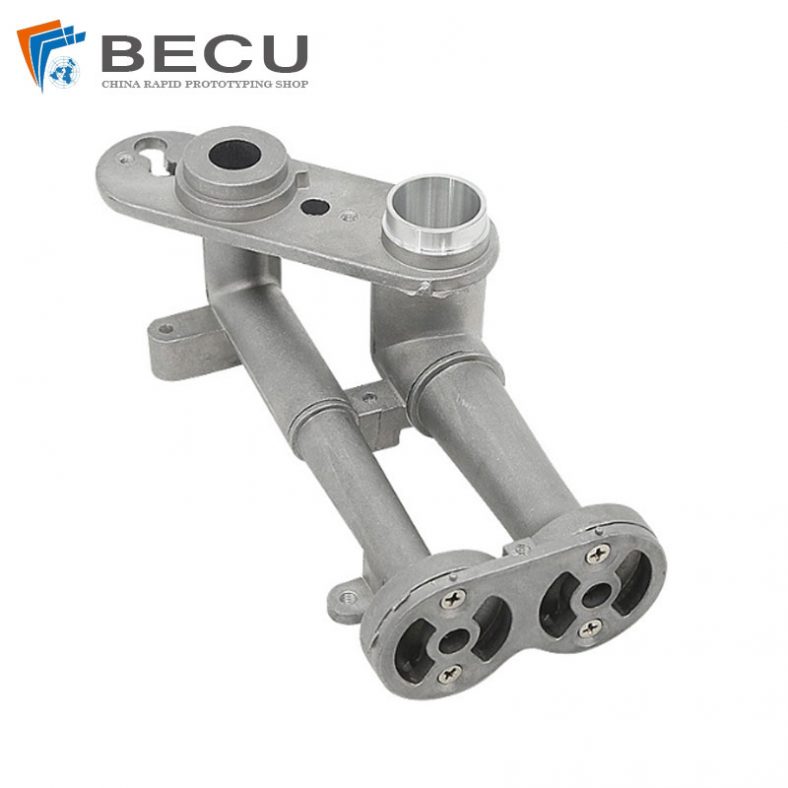
CNC Machining Gas Stove Bottom Joint

Gravity Die Casting Custom Street Light Heat Sink
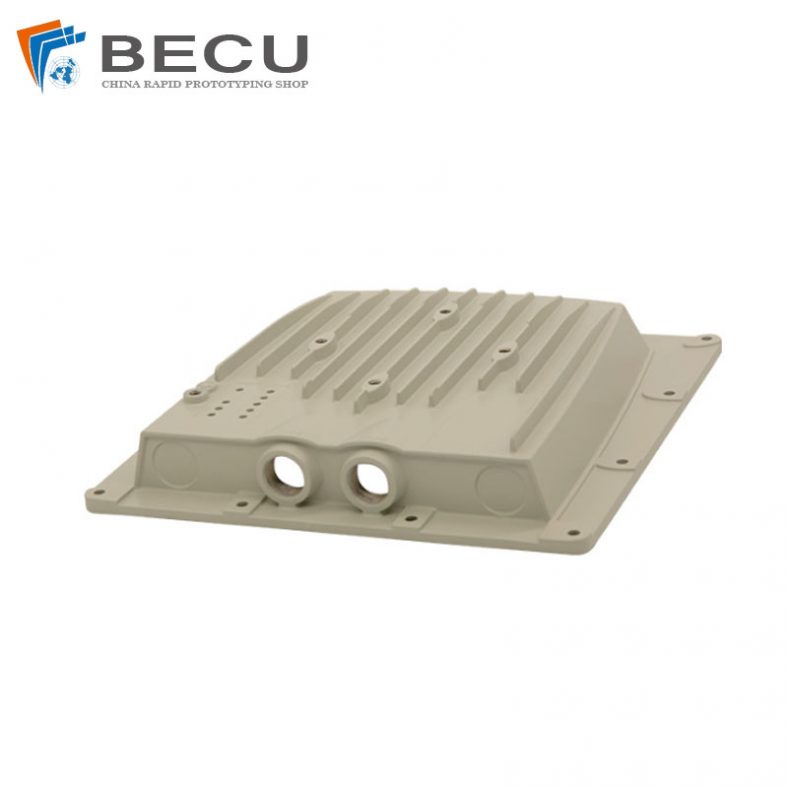
Die Casting LED Canopy Lights Heatsink For Gas Station
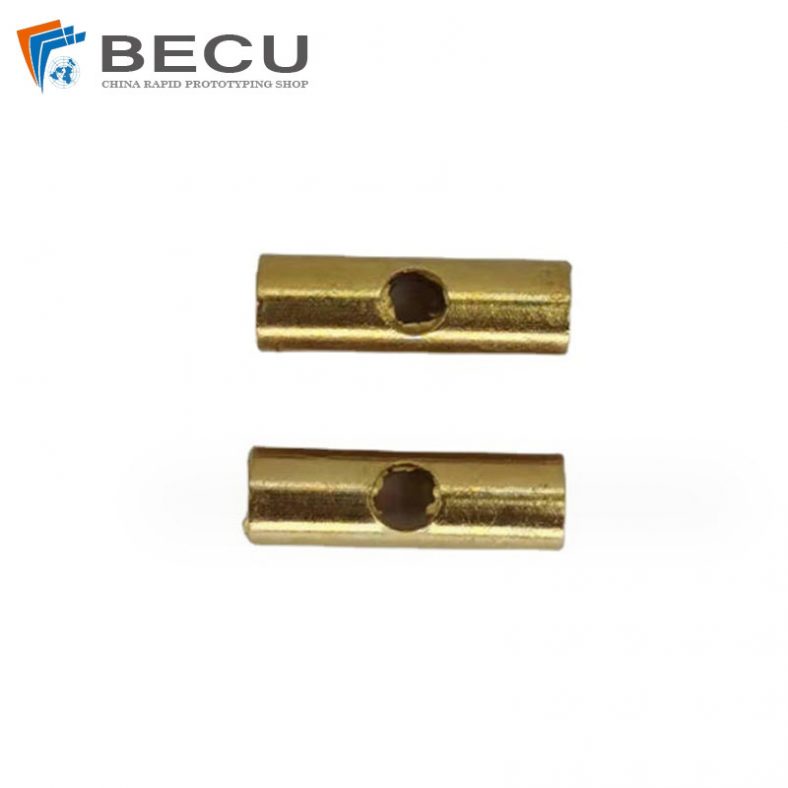
Zinc Die Casting PA10 Transformer Connector Terminal
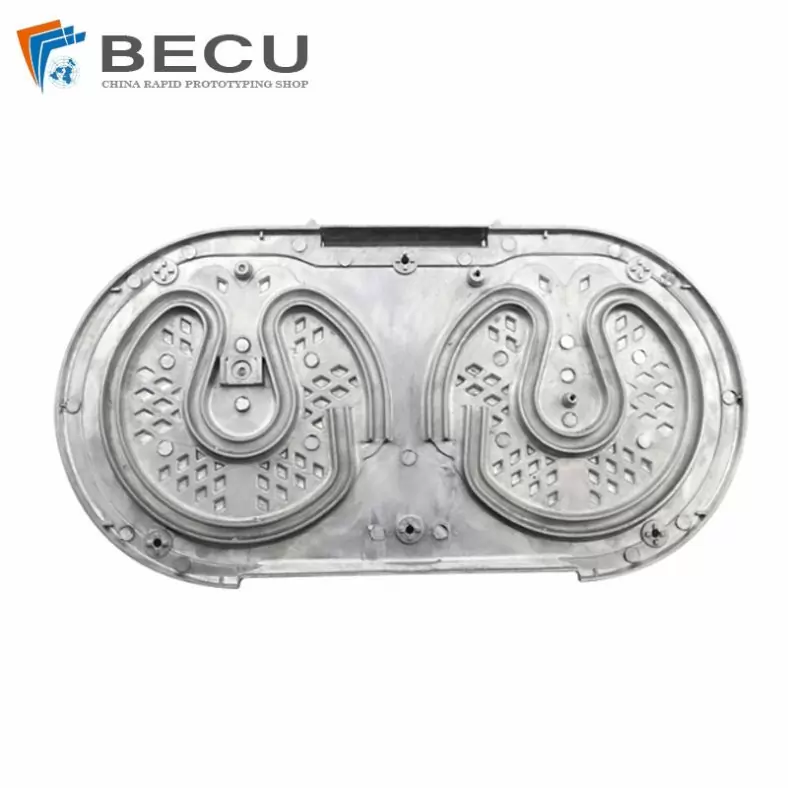
Die Casting Aluminium Cookware Chassis

Die Casting Wheels With Aluminum Alloy 5 Axis CNC Machining
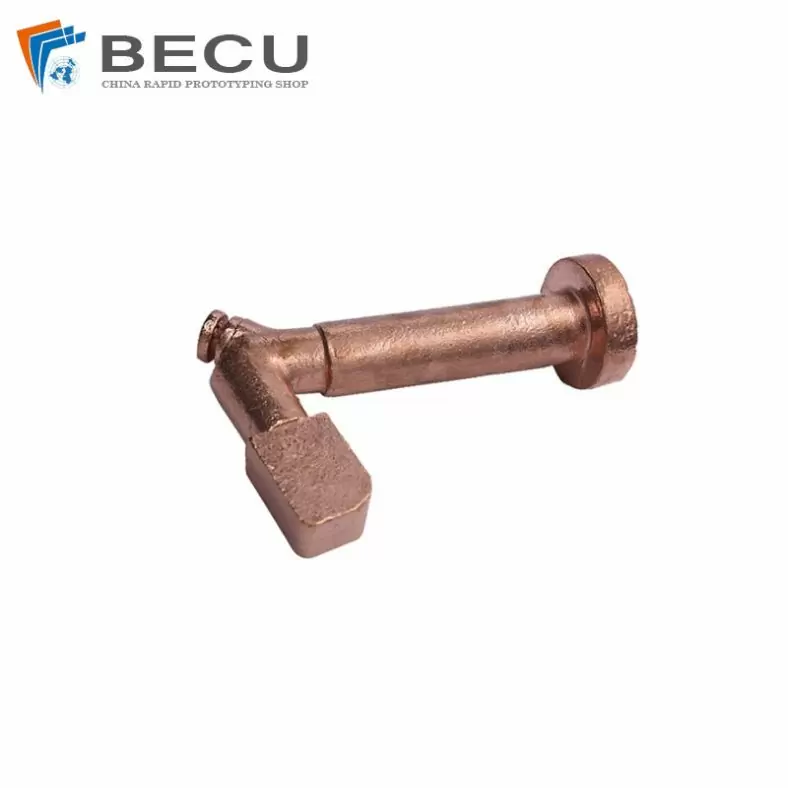
Precision Machined Copper Die Casting Parts
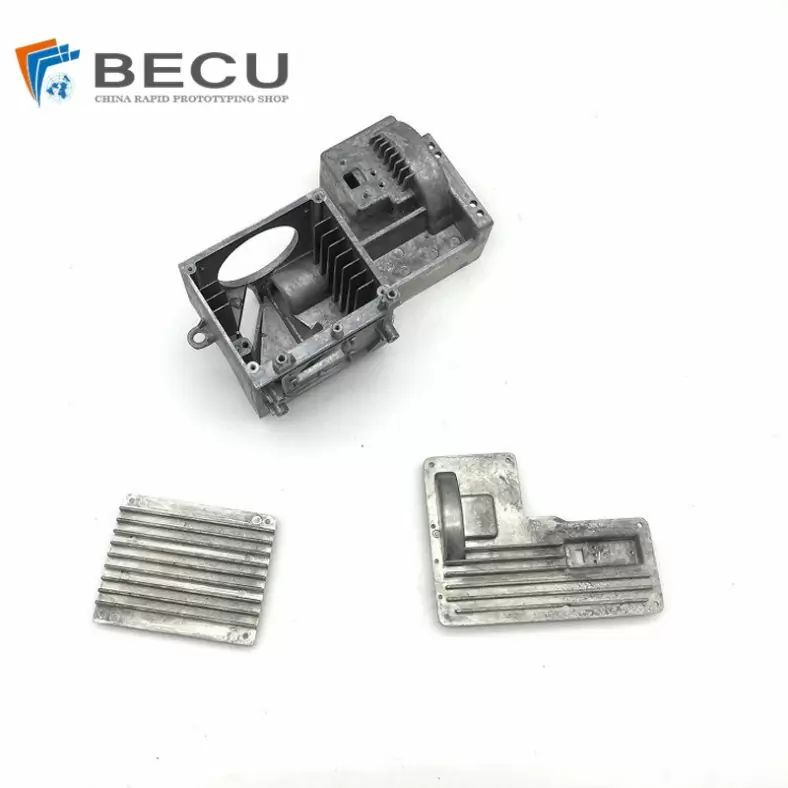
Professional Small Baler Aluminum Alloy Die-casting Mold Production
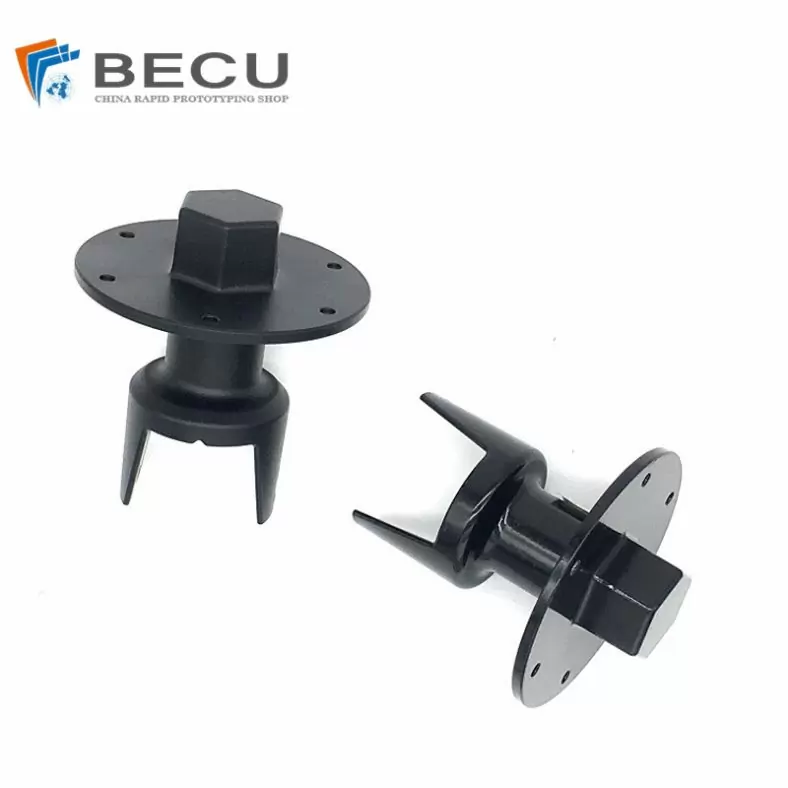
China Die Casting Factory Manufactures Surface Sprayed Aluminum Valve Body
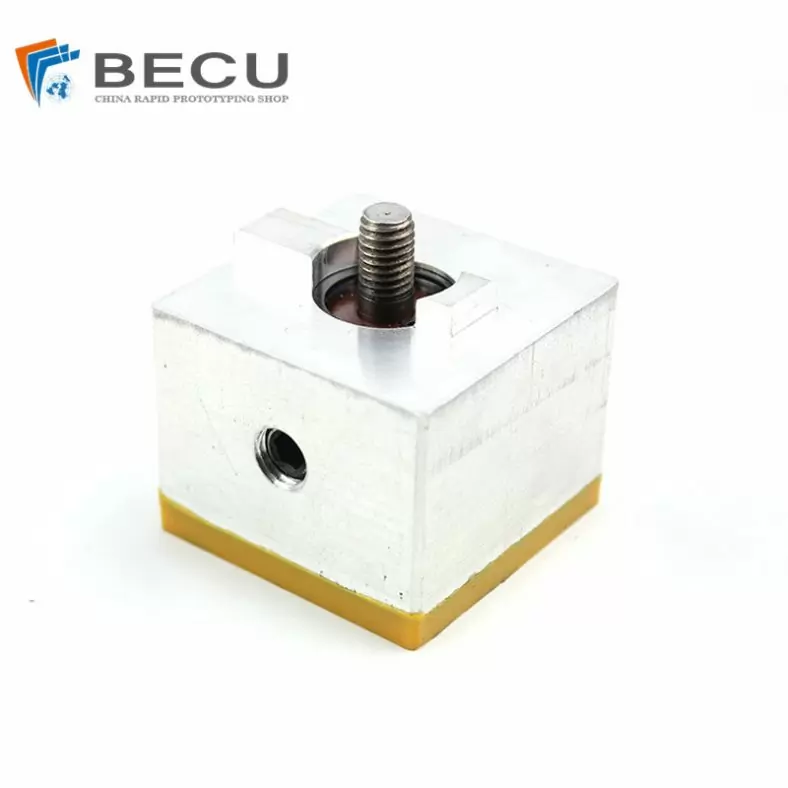
Extrusion Die-casting Polyurethane-Coated Aluminum Alloy Profiles

Custom Precision Aluminum Die Cast Brackets and Finishes
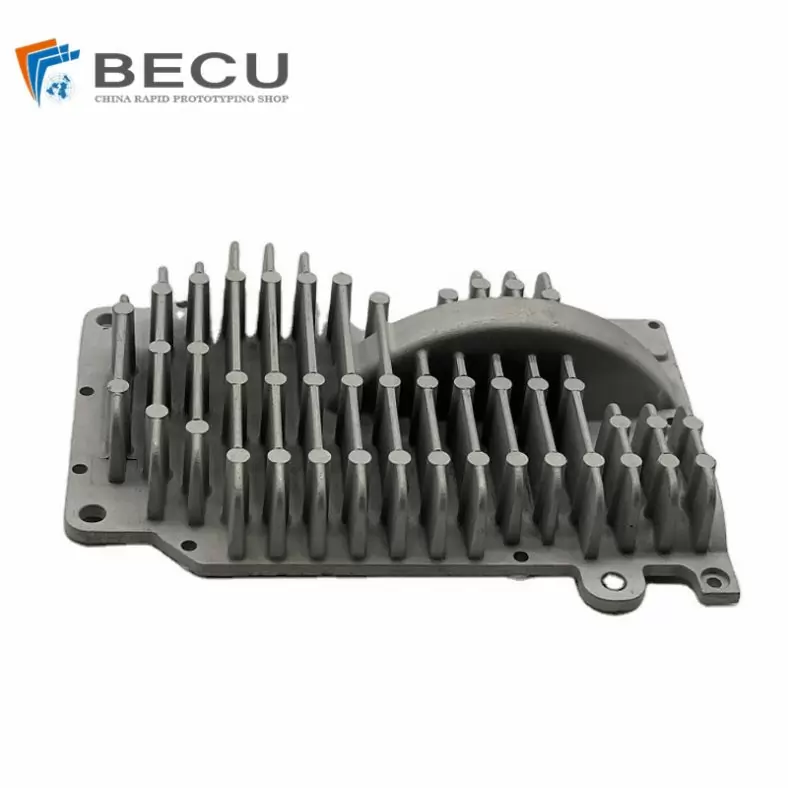
Extrusion Die-casting Magnesium Alloy Heat Sink Shell
